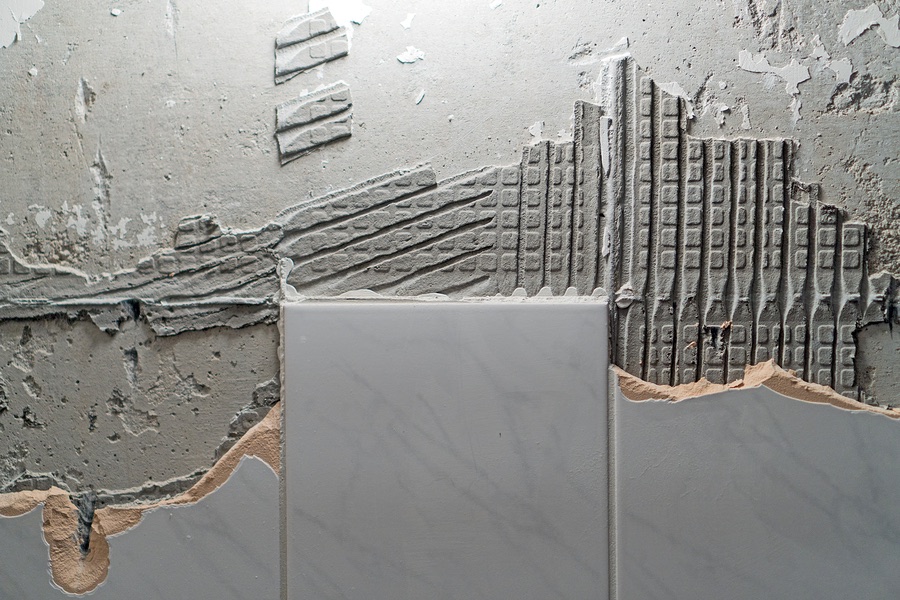
Subfloor preparation goes beyond just cleaning the surface and sweeping up any dust. It’s crucial to get it ready to go so that the bonding procedure can be adjusted to fit the specifics of the subfloor.
It is essential to understand the bonding process and the steps necessary to complete it successfully.
Following these instructions will help guarantee a job well done and a lasting floor. In addition, proper bonding ensures that your floor’s aesthetic, structural, or base features will not be compromised.
Experts in dustless tile removal in Mesa can help you get the best floor for any installation in your home, and you can learn more about dust-free floor bonding removal here.
What Does It Mean When We Talk About “Bonding”?
Bonding is the process of attaching flooring to a subfloor. Using an all-purpose adhesive that helps with accurate positioning is also part of this process.
If you do it right, your floor will last many years without developing structural problems.
When working in a hazardous environment or with an incorrect adhesive, mistakes are to be expected. Therefore, learning the characteristics of good and bad floor bonding is crucial.
Configuration That Won’t Let Water In
Environmental moisture may start seeping through the bonded material. The stability and structural integrity of the flooring could be jeopardized if this happens.
The floor may crack if the expansion continues. Essential steps in creating a moisture-proof environment include regulating the relative humidity of the space in question. Without proper attention, moisture can eventually become a severe issue.
Keep an eye out for excessive moisture in the air. This may be a precursor to issues with the glued floor in the future.
Extreme Care and Attention to Detail
The subfloor prep work is as important as the rest of the process. In this case, a comprehensive dust removal solution is essential. If the subfloor isn’t adequately prepared, adhering the flooring to it becomes more difficult.
That’s why subfloor preparation with dust-free tile removal is a great option. It helps remove debris and prepares the ground for the new flooring.
Be Sure The Temperature Stays The Same
In most cases, ambient temperature is a significant consideration when bonding floors. If the temperature in the room isn’t stable, it can harm the adhesion.
Wood, for instance, may contract rapidly in an overly dry environment. Flooring gaps are one symptom of the structural issues brought on by this shrinking. Uneven or shaky flooring is a perfect illustration of this problem.
Flooring adhesives are most effective when the ambient temperature is kept constant for several reasons, but longevity ranks among the most crucial. As flooring material shrinks, it becomes increasingly difficult to maintain.

Get Help From Mesa Dustless Tile Removal
Regardless of the condition of the subfloor, a floor that has been bonded to it properly will always remain firmly adhered to it.
Changes in temperature or humidity won’t cause the adhesive to separate from the subfloor. This is a good sign if the surface is bonded correctly and smoothly.
Another ingenious component is the inclusion of an adhesive that is stable with the mineral foundation. If you don’t, you’ll have difficulty keeping your floors in good condition. Depending on the flooring, these little details could make or break the bond.
To be sure you have the number one flooring company, you can Contact Kodiak Tile and Stone or fill in the compact form for a direct reply.
You can check out customer reviews here, ‘SoTellUs’ and the BBB reviews for more information.
